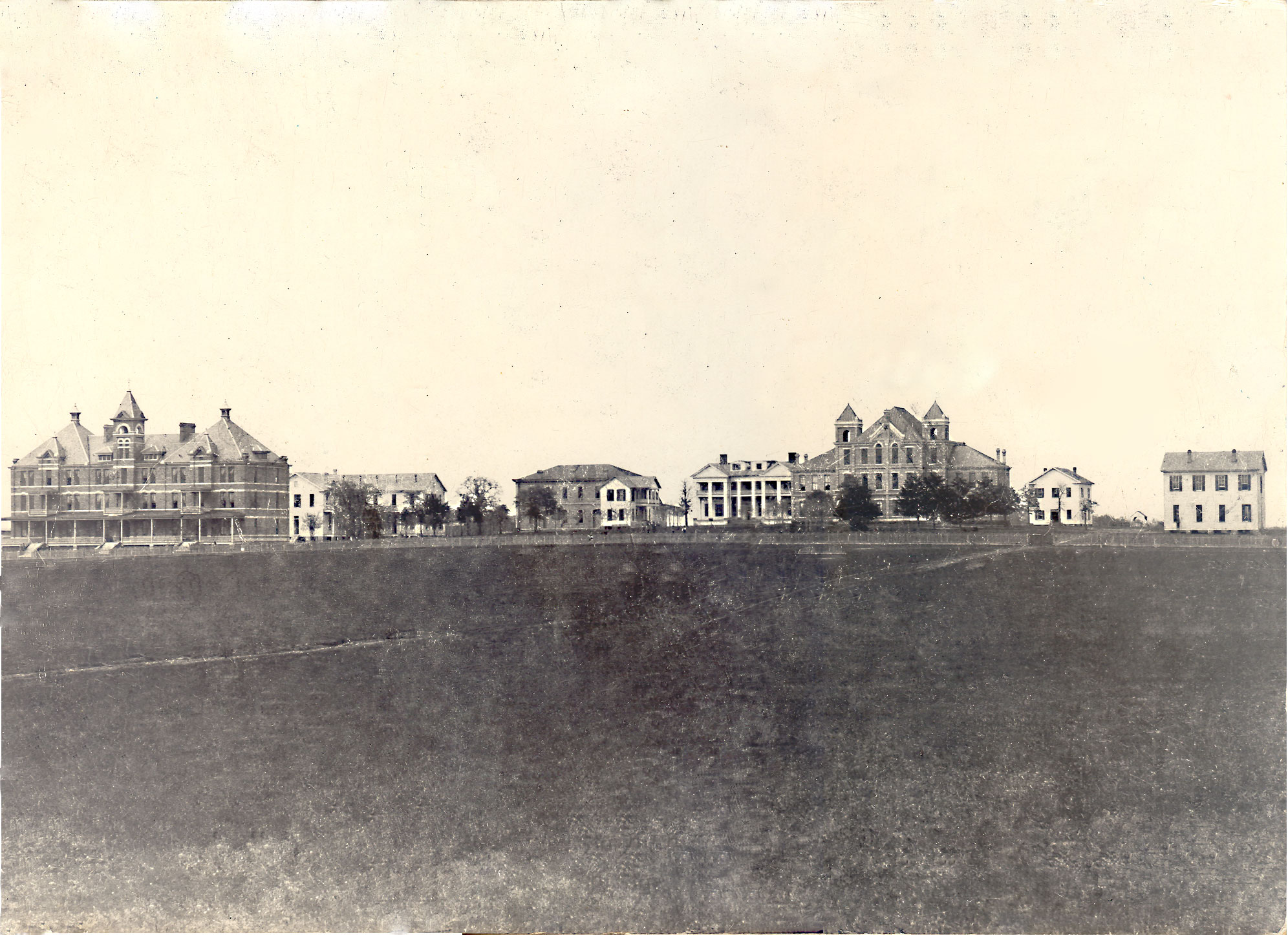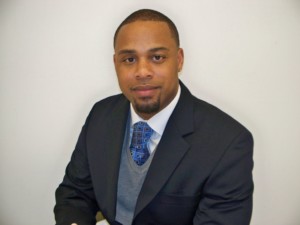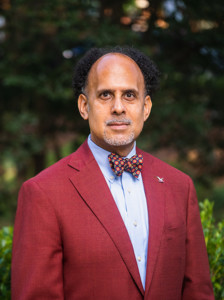PRAIRIE VIEW, Texas (Jan. 26, 2023) – Prairie View A&M University is affectionately known as “The Hill” by students and alumni. The University is the second-oldest public higher education institution in Texas, and it remains a pinnacle of academic excellence[1].
Ranked the number four best-valued college and the number one HBCU in Texas, PVAMU is a top producer of engineers, nurses, educators and entertainers. Notable alums and those influenced by the University include engineer Carolyn Fritz, NFL Hall of Famer Ken Houston, actress Loni Love, producer DJ Premier and singer Charles Brown[2].
“PVAMU has played a pivotal role in elevating the economic, social and cultural plight of Black people in America,” said William T. Hoston, Ph.D., a political science professor and director of the Mellon Center for Faculty Excellence at PVAMU.
He and Will Guzmán, former PVAMU Black history professor and current assistant vice chancellor at North Carolina Central University, believe it’s time to celebrate the University’s contribution to history as we approach PVAMU’s sesquicentennial[3].
Sharing Lessons from a Resilient Past
Since its inception as Alta Vista Agricultural and Mechanical College of Texas for Colored Youth in 1876, what would later become Prairie View A&M University has been at the forefront of American history.
In 1862, U.S. Congress enacted the Morrill Land-Grant Bill to establish public colleges and further President Abraham Lincoln’s post-civil war middle-class growth strategy[4]. But Texas refused to integrate schools. So, to qualify for funding, the state legislature opened a separate higher education institution for African Americans. They purchased Alta Vista Plantation in Waller County for $15,000, and the 1,388 acres that once housed 100 enslaved Black men and women welcomed the first class of eight male students[5].
The Board of Directors at Bryan College was appointed to manage the University, and in the initial year, Alta Vista College received only $5,000 to finance operations[6]. For many years, the University was forced to self-sustain[7]. The campus was perpetually underfunded, receiving little to no money, and the farm provided its only food[8].
In 1984, following a triumphant victory, an amendment to the Permanent University Fund validated PVAMU’s eligibility for available aid.
Inspired by these stories and others, Drs. Hoston and Guzmán saw the need for a book that captured PVAMU’s unique narrative.
Recording the Institution’s Place in History
When Hoston and Guzmán announced the call for chapter submissions related to PVAMU’s history, they received an overwhelming response. They paired the entries with rediscovered reprints, and collectively, the co-editors had enough for a three-part book series.
The first, “Prairie View A&M and the Quest for Justice,” will examine student-led and affiliate movements that fought for equal voting rights and social justice.
The second installation in the series, “The ‘Hill’ We Climbed,” will provide an inside look into individual student life, the formation of programs and departments, homecoming, sports and the interrelations of Greek and band life.
“Black Profiles in Greatness: A Legacy of Prairie View A&M University,” the final book within the series, will recognize notable alums and historical figures who’ve contributed to the institution.
Hoston and Guzmán split the books between two scholarly publishing companies, Texas Tech University Press and Texas A&M University Press, envisioning a comprehensive series with each book building on the next, exposing the University to a larger audience.
Only two books on PVAMU’s history are currently available, a one-lens narrative by George R. Woolfolk and a pictorial book by Michael J. Nojeim and Frank D. Jackson, but nothing documenting the institution’s totality since 1876.
Figures like Inez Beverly Prosser, the first Black woman to earn a psychology Ph.D. in 1933, and activist Lula B. White’s work with the civil rights movement have primarily gone omitted from the history books[9].
Still, securing a publisher for all three books took some work. “One publisher gave us the idea of turning the content into a blog,” recounted Hoston. “It shows you that when people analyze Black history, they try to collapse it together when there are many facets to what Black people have achieved in this country.”
Reaching Back to Move Forward
The book series is the work of a communitive effort involving alums, current students and elders. “The good thing about Prairie View is the people who are a part of the institution always come back, and they live and breathe the University,” Hoston boasted.
Hoston stressed that creating a book that captures older alum narratives will help preserve a history that could otherwise be lost.
“I reached out to the elders for their blessing. I set up interviews and talked to them about the school’s history,” he said. Their inclusion is essential given the discussion surrounding the removal of Black history and Critical Race Theory from textbooks and instruction in half a dozen states, including Texas.
Connecting Current Students and Recent Alumni to PVAMUs Hidden Figures
“The untold story of PV is that it’s the best HBCU in Texas and one of the best in the nation. We may not have gotten the recognition in the past, but we’ve known that to be true,” said Hoston.
The University has survived years of disproportionate funding, structural racism, discrimination, violence and political marginalization. Even when the state and surrounding white-segregated community pressured the University to close its doors, students and faculty turned inward and leaned on each other, forming an impenetrable bond.
“PV is one place that nurtures its students,” said Hoston. “The professors care, and that’s evident in how they teach the students and how students interact with the professors.”
Guzmán says PVAMU has a culture of “We can do it, we shall do it, and we will do it.” He anticipates that the books will encourage dialogue and teach students about the legacy of people who walked the hallowed grounds before them.
“Students need to know the history of the institution they’re going to,” Hoston said. His goal is for the books to become mandatory readings for incoming students, automatically distributed at admittance. “Kids need to know whom the buildings are named after, the significance of the illustrious alumni, and what they contributed to the institution.”
Readers can anticipate the first book’s release and possible accompanying podcasts in early 2024.
By Whitney Stovall
-PVAMU-
[1] “Facts about PVAMU,” Prairie View University. May 2013.
[2] “Famous PV Alumni,” Prairie View A&M University. Retrieved November 2022.
[3] “‘The Hill’ We Climbed: Professors initiate collection of essays on PVAMU’s history,” PVAMU. August 2021.
[4] “(1890) Second Morrill Act,” Black Past. February 2022.
[5]“Prairie View State College,” Texas Historical Commission. Retrieved November 2022.
[6] “Prairie View High School Company History Timeline,” Zippia. Retrieved November 2022.
[7] “Prairie View A&M University History, Plexuss. Retrieved November 2022.
[8] “Prairie View A&M University: Legacy and History Videos: Home,” Prairie View A&M University. July 2015.
[9] “America’s first Black female psychologist,” American Psychological Association. November 2008.



